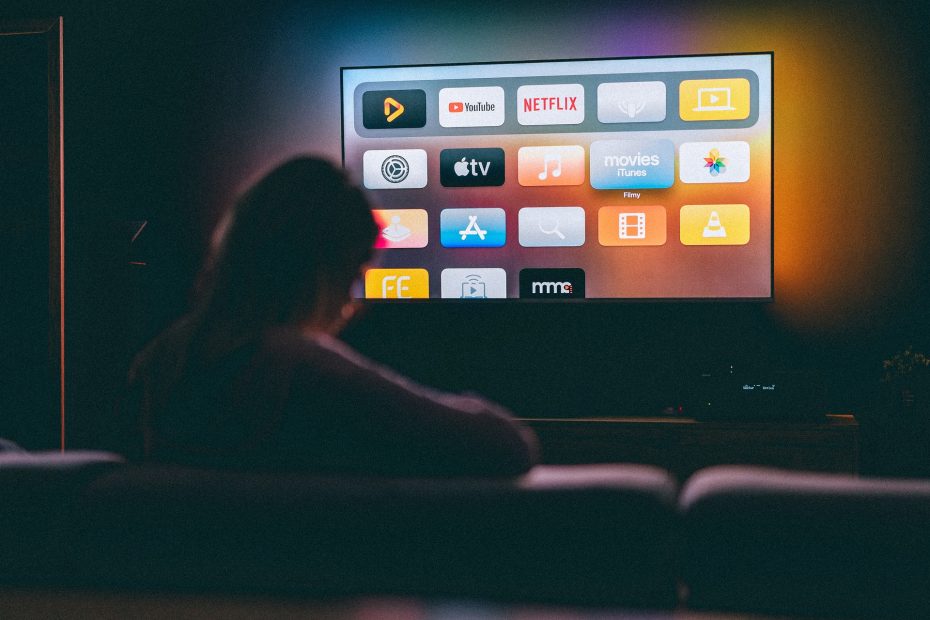The Impact of Excessive Screen Time on Kids: Establishing Healthy Viewing Habits
Excessive screen time can have a negative impact on children’s physical and mental health. Studies have shown that too much time spent in front of screens can lead to obesity, sleep disturbances, poor academic performance, and even depression. Additionally, it can also lead to social isolation as kids become more focused on their devices than interacting with others.
Establishing healthy viewing habits is essential for parents to ensure their children are not spending too much time in front of screens. Parents should set limits on the amount of time their children spend using technology each day and encourage them to engage in other activities such as outdoor play or reading books. Additionally, parents should monitor what their children are watching and playing online to make sure they are not exposed to inappropriate content or engaging in risky behaviors. By setting these boundaries and encouraging positive activities, parents can help ensure their children are getting the most out of their screen time without sacrificing their physical and mental health.
Accessing Parental Control Features on Smart TVs: A Step-by-Step Guide
Accessing parental control features on smart TVs can be a great way to ensure that your family is watching appropriate content. With the right steps, you can easily set up and manage these features on your TV. Here is a step-by-step guide to help you get started:
First, access the settings menu of your smart TV. Depending on the model, this may be done through a dedicated button or by navigating through the home screen. Once in the settings menu, look for an option labeled “Parental Controls” or something similar. This will open up a new window with various options for setting restrictions on what type of content can be viewed. You can choose to block certain channels, ratings, or even specific shows and movies. Additionally, you can also set time limits for how long each user can watch TV each day.
Once all of your desired restrictions are in place, make sure to save them so they take effect immediately. After that, you should have full control over what types of content are available on your smart TV!
Setting Time Limits and Schedules: Promoting Balanced Screen Time for Kids
Setting time limits and schedules for screen time is an important part of promoting balanced screen time for kids. By setting clear boundaries, parents can help their children understand the importance of limiting their screen time and using it in a healthy way. This will also help them develop better habits when it comes to managing their own technology use.
When setting these limits, it’s important to be consistent and realistic. Parents should consider how much time their child needs to complete schoolwork or other activities, as well as how much free time they need for leisure activities such as playing outside or reading books. It’s also important to set specific times during the day when screens are off-limits, such as during meals or bedtime. Finally, parents should make sure that they are monitoring their child’s screen usage and enforcing the rules consistently. With these steps in place, parents can ensure that their children have a healthy relationship with technology and enjoy all the benefits that come with it.
Enforcing Bedtime and Downtime: Encouraging Restful Sleep and Offline Activities
Enforcing bedtime and downtime can be a great way to encourage restful sleep and offline activities. Bedtime should be set at the same time each night, with no exceptions. This will help your child develop a regular sleep schedule that will lead to better quality sleep. Additionally, it is important to enforce downtime before bedtime. This means limiting screen time and other stimulating activities in the hour or two leading up to bedtime. Instead, encourage your child to engage in calming activities such as reading, listening to music, or taking a warm bath.
Downtime doesn’t just have to happen at night; it can also be enforced during the day. Limiting screen time throughout the day can help your child focus on more productive activities such as playing outside, doing homework, or engaging in creative projects. It’s also important for children to take breaks from screens and technology so they can spend time with family and friends or simply relax without any distractions. By enforcing both bedtime and downtime, you are helping your child get the restful sleep they need while encouraging them to engage in meaningful offline activities.
Creating Viewing Profiles and Content Filters: Customizing TV Experience for Each Child
Creating Viewing Profiles and Content Filters is a great way to customize the TV experience for each child. This allows parents to create individual profiles for each of their children, allowing them to control what content they can access on the television. Parents can set age-appropriate filters that will block out any inappropriate content, as well as limit the amount of time their children spend watching TV. They can also set up parental controls that allow them to monitor what their children are watching and when. This helps ensure that kids are not exposed to anything that could be harmful or inappropriate for their age group.
Content filters also help parents keep track of what type of programming their children are viewing. For example, if a parent wants to make sure their child isn’t watching too much violence or adult content, they can set up a filter that blocks out those types of shows. Additionally, parents can use these filters to limit how much time their children spend watching certain types of programs, such as educational shows or cartoons. By creating viewing profiles and content filters, parents have more control over what their kids watch on TV and can ensure they’re getting the most appropriate entertainment for their age group.
